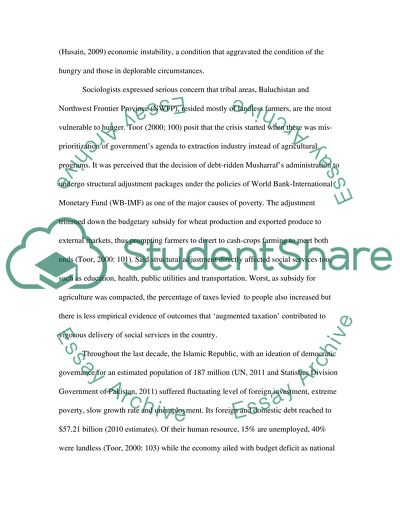Cite this document
(“Food security in Pakistan Essay Example | Topics and Well Written Essays - 1750 words”, n.d.)
Retrieved from https://studentshare.org/environmental-studies/1410627-food-security-in-pakistan
Retrieved from https://studentshare.org/environmental-studies/1410627-food-security-in-pakistan
(Food Security in Pakistan Essay Example | Topics and Well Written Essays - 1750 Words)
https://studentshare.org/environmental-studies/1410627-food-security-in-pakistan.
https://studentshare.org/environmental-studies/1410627-food-security-in-pakistan.
“Food Security in Pakistan Essay Example | Topics and Well Written Essays - 1750 Words”, n.d. https://studentshare.org/environmental-studies/1410627-food-security-in-pakistan.


